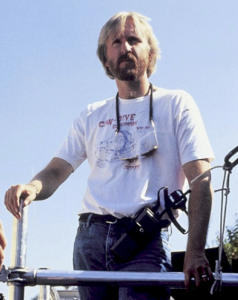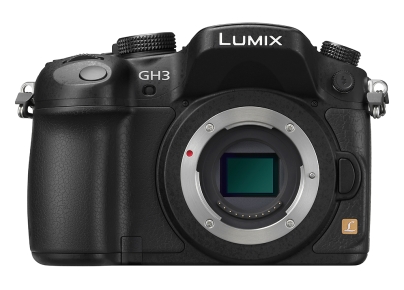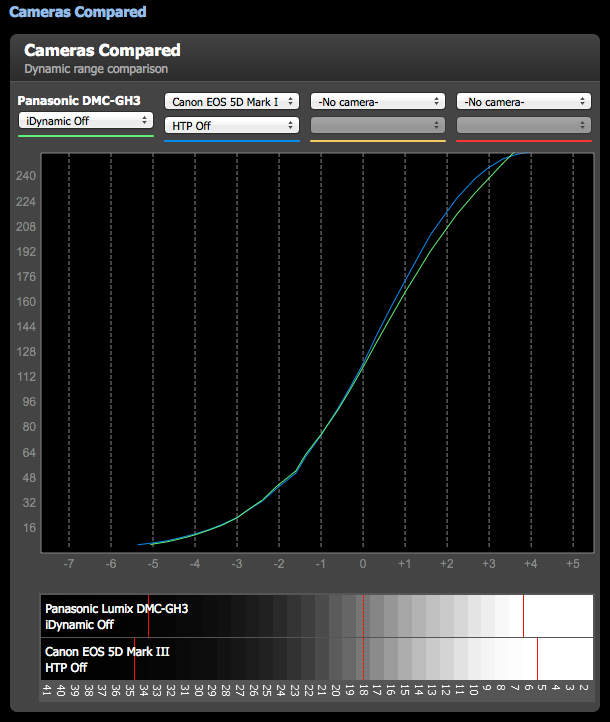 Panasonic recently released the new iteration of its flagships in the GHx series, the LUMIX DC-GH6.
Panasonic recently released the new iteration of its flagships in the GHx series, the LUMIX DC-GH6.
I personally have owned several Gh2s, Gh3s, Gh5s, used with satisfaction for both photography and video and have always been more than happy with them, but… does a GHx still make sense in 2022?
So they want to convince us that this machine is good because it offers us only two or three functions, which more or less nobody cares about, but just to be fair … let’s see what the house dishes are :
- Unlimited video recording (within the limits of battery life and support space)
- Internal recording in Prores
- Recording in 10bit 4:2:2 up to 60P at up to 5.7k
- HFR and VFR recording at 10bit
- Renewed v2 stabilized sensor
Trying to figure out if it’s worth it…
Unlimited video recording
As if it’s a plus, who cares that virtually all cameras or almost all cameras have a continuous recording limit because maybe the sensors overheat, the recording caches are small or because they are sold as cameras and not camcorders that are taxed more in Europe, so the limit is active in Europe and not in Australia, and for convenience of distributors, Europeans get this difficult. A Detail…
It’s a camera anyway, who cares about recording long videos with cameras?
Internal recording in Prores
And again, why waste so much space on the card (which to record in prores you have to use the new faster and more expensive cards) to use this ancient format, by now Prores is already more than 15 years old, when we can save space with a nice h265 (waiting for the 266 released in 2019)?
It’s a camera, it’s not like we can waste our time copying giant files, so who’s going to notice that they require less labor resources in computers, that they have fewer compression defects, more color accuracy, that we can postproduce them better…
Recording in 10bit 4:2:2 up to 60P up to 5.7k
Still pointing to these useless data recordings… do like others who record at 8bit, it’s 16 million colors, it’s always been enough, now it’s a numbers craze, if I make a video with a camera it’s because I don’t care to do color correction, waste space by recording in a non-standard format like 5.7k, no one has a 5.7k TV… maybe some imacs? and should I record for those few who have the 5k imac?
HFR and VFR recording at 10bit
And they insist on wasting space!!! Shooting at High Frame Rate (HFR) or Variable Frame Rate (VFR) at 10bit up to 300 frames per second, what’s the point of so much color fidelity, anyway already when you’re doing slow motion it’s cool, it’s not like you need to have accurate color … Surely panasonic aims to sell lots of expensive cards to fill with these features.
Revamped stabilized sensor v2
In a world where stabilized lenses have been around for thirty years still they point to the stabilized sensor, and they continue to improve it, making it easier to do the stable shots, and then .. move them in post, since now it is fashionable to blur the camera to give more “realism” to the shot … in fact it is since Cannibal Holocaust (1980) that they have been moving the camera in a rougher way to make a fiction product look more amateurish and real.
And we’ll stop here, because the other features have them too, nothing new in short, but it all serves to keep attention away from the biggest flaw, from that unacceptable original sin …
LUMIX DC-GH6 has it small, in fact the sensor is tiny, and all the videomakers and photographers cannot accept such things, it is almost offensive to propose a sensor of that size, you know well the limitations of certain things….

Are we sure?
Let’s start with a technical comparison, that is, let’s compare the size of the sensors starting with the mythological FullFrame, which is not big, in fact it has a very very large crop factor, as much as 2.4, but few people know that, I explain why in this other article by joking about it.
In this image we see how m4/3 is a tiny format for making video, and then if we compare it to fullframe there is no comparison… it’s obvious…smaller is only the sensors in the cameras that are surely amateur, if they have a 2/3-inch sensor or smaller still…maybe…or is that what the marketing would have you believe?

A few years ago a bearded engineer chose 2/3 inch cameras to make his new little film : Sony F23, Sony HDC-1500, Sony HDF-F950, chosen for their 2.2 million pixel sensor, which returned in HDCAM SR a 1080/24p image encoded in H264 base 6, 10 bit 4:2:2.
A compressed format-can you imagine?
a compressed format to even shoot a movie for the cinema!!!

After editing and post-producing his little film, he also had the courage to have it printed on film, both in 35m anamorphic and 70mm horizontal and Imax…
All from a sensor the size of a cat’s spit!!!
As an experienced engineer in the field, he knew that he was pushing those sensors to the limits, and although he could get FullFrames, the beautiful 5dMkIIs were available, he flatly refused, he was a bonehead and wanted to use the cameras even though they had that incredible handicap…
Rest assured that after that waste of energy and money, few went to the movies to see that little film, in fact to date he has earned
only $2.84 BILLION!!!
Avatar is still the highest grossing film in the history of cinema….
Think what it would have earned if it had shot in fullframe with a good camera?
I got the technical shooting information from the excellent IMDB.com site that has always been the reference for filmmaking, for which I cannot thank enough a friend, Giancarlo Cairella, one of the founding members.
I always like to mess around with new products, with ridiculous myths, both because if I took marketing and fan boys seriously, I would put them both to the stocks, and because although I am on the threshold of half a century, I like to approach life with the eyes of a child 😀
But let’s open our eyes to what is often just marketing, and quality, capability is far beyond sensor size and many other hissy fits, and try to understand what features really matter for the work we have to do.


